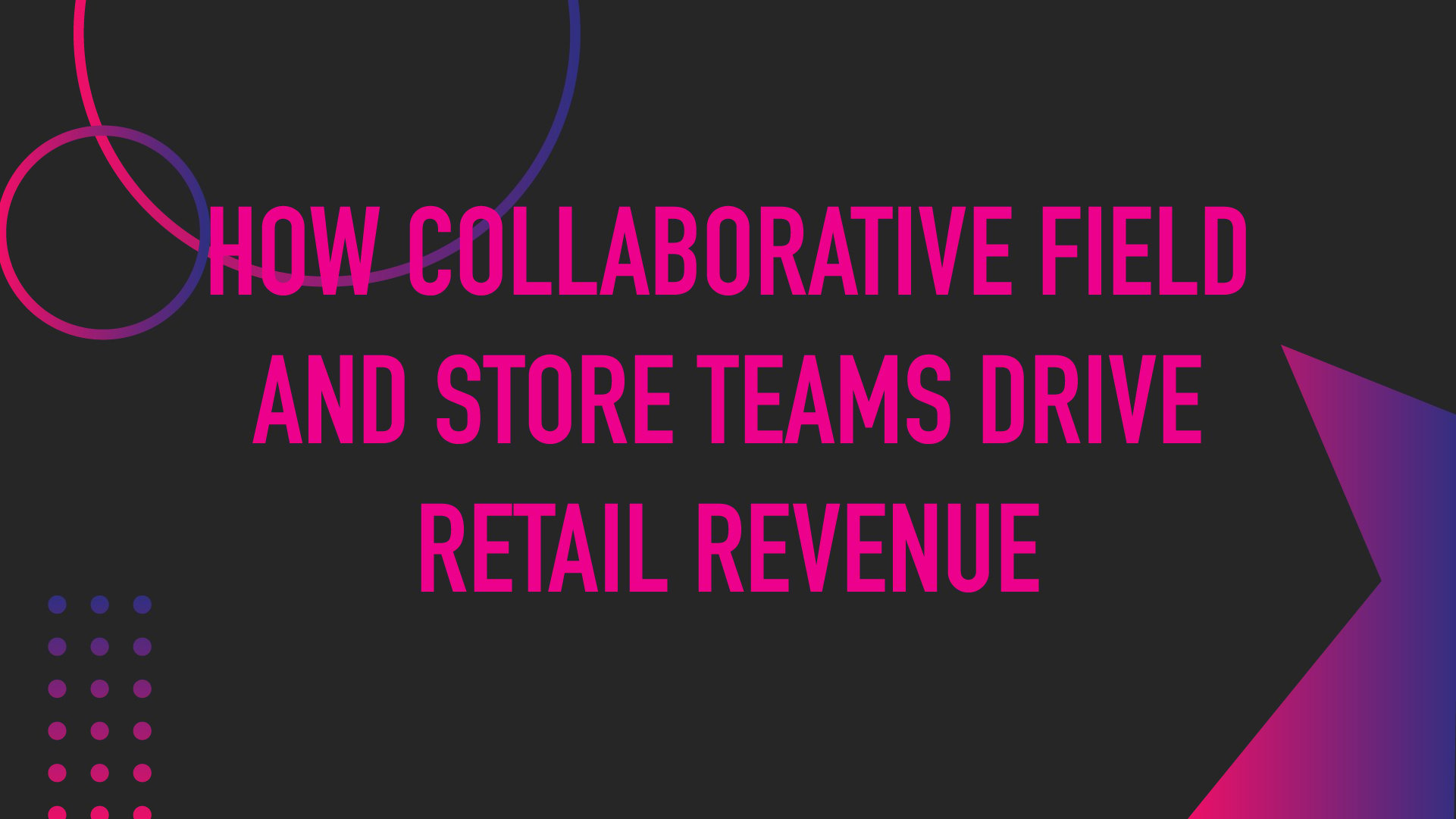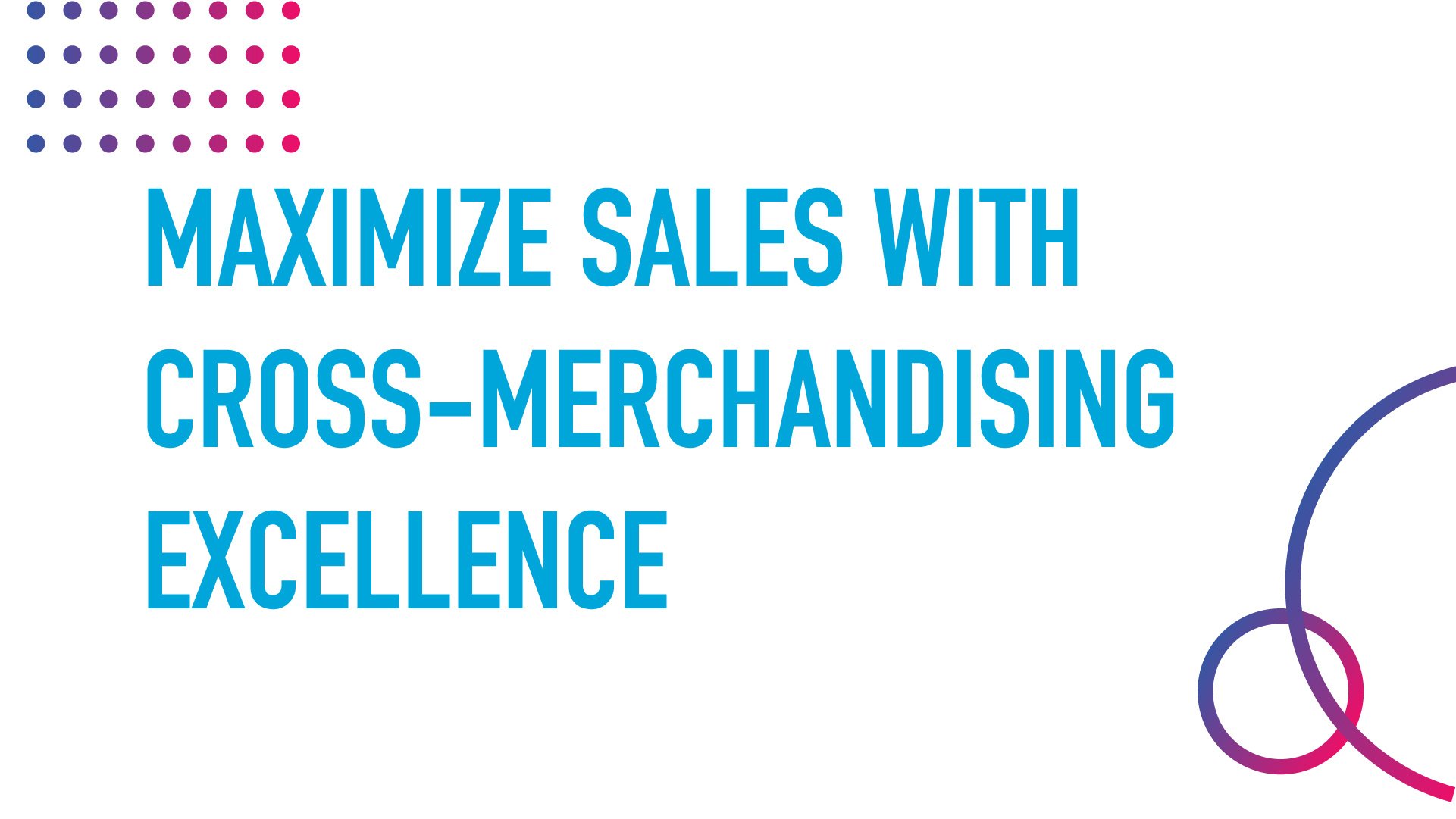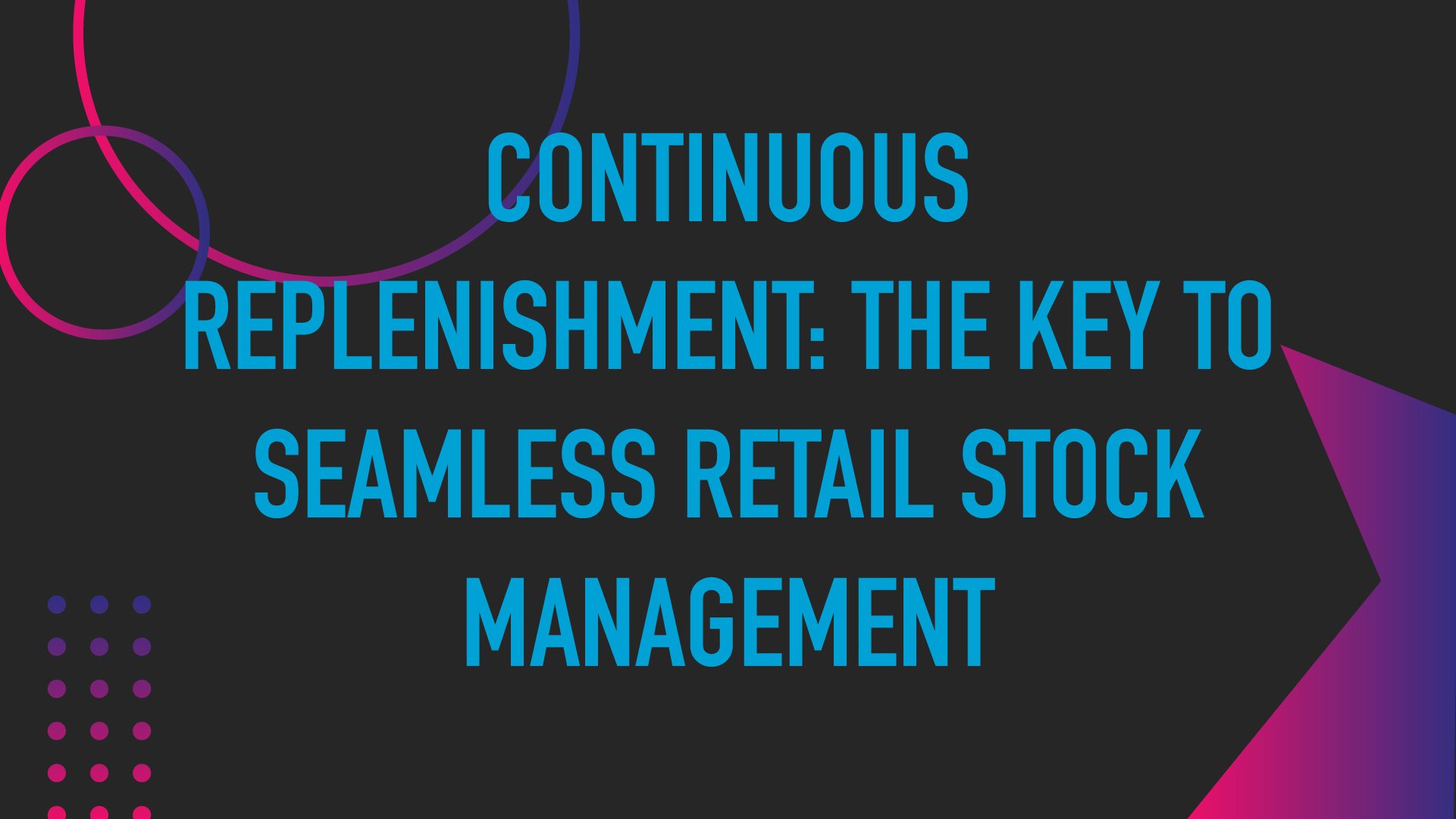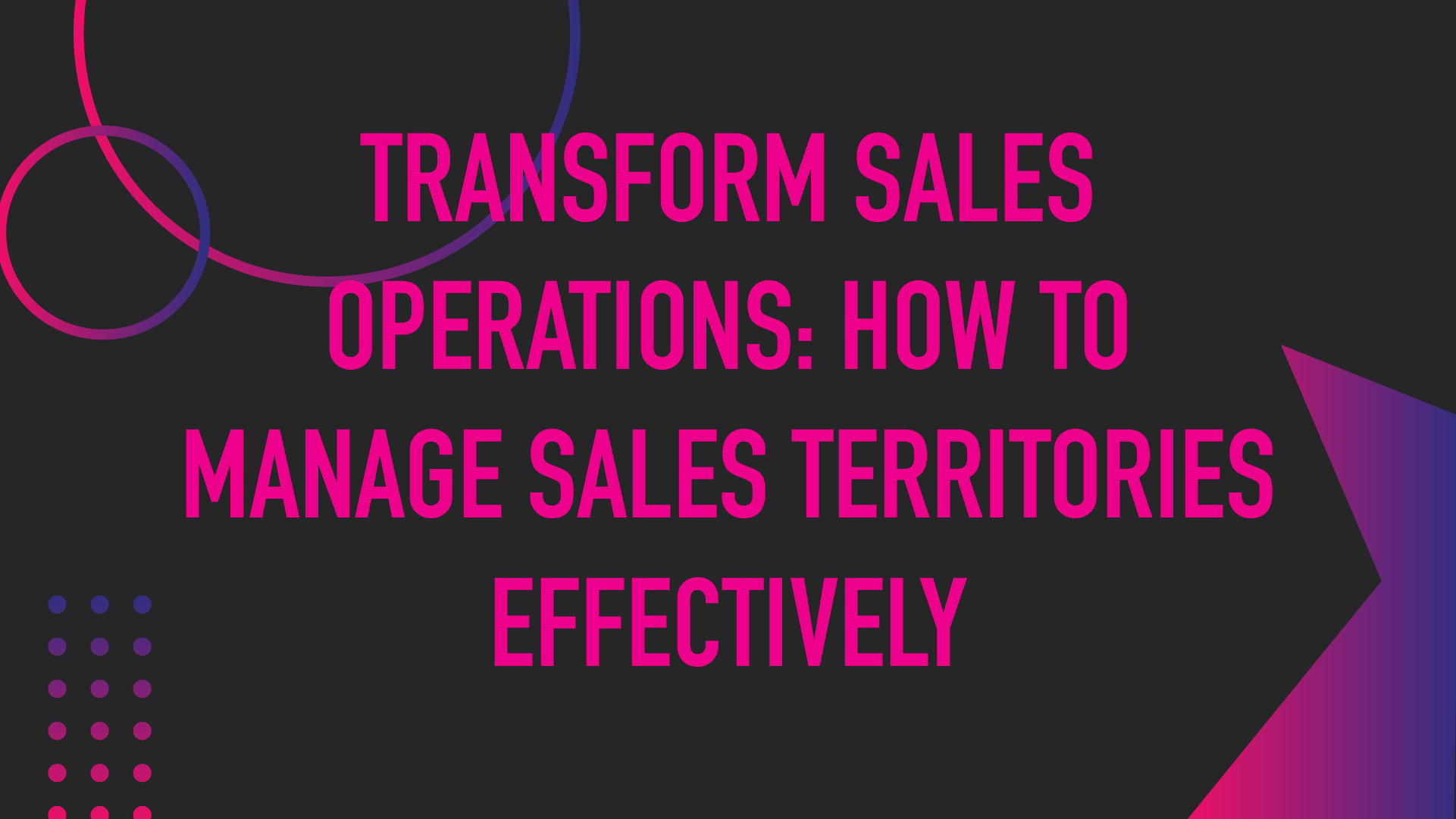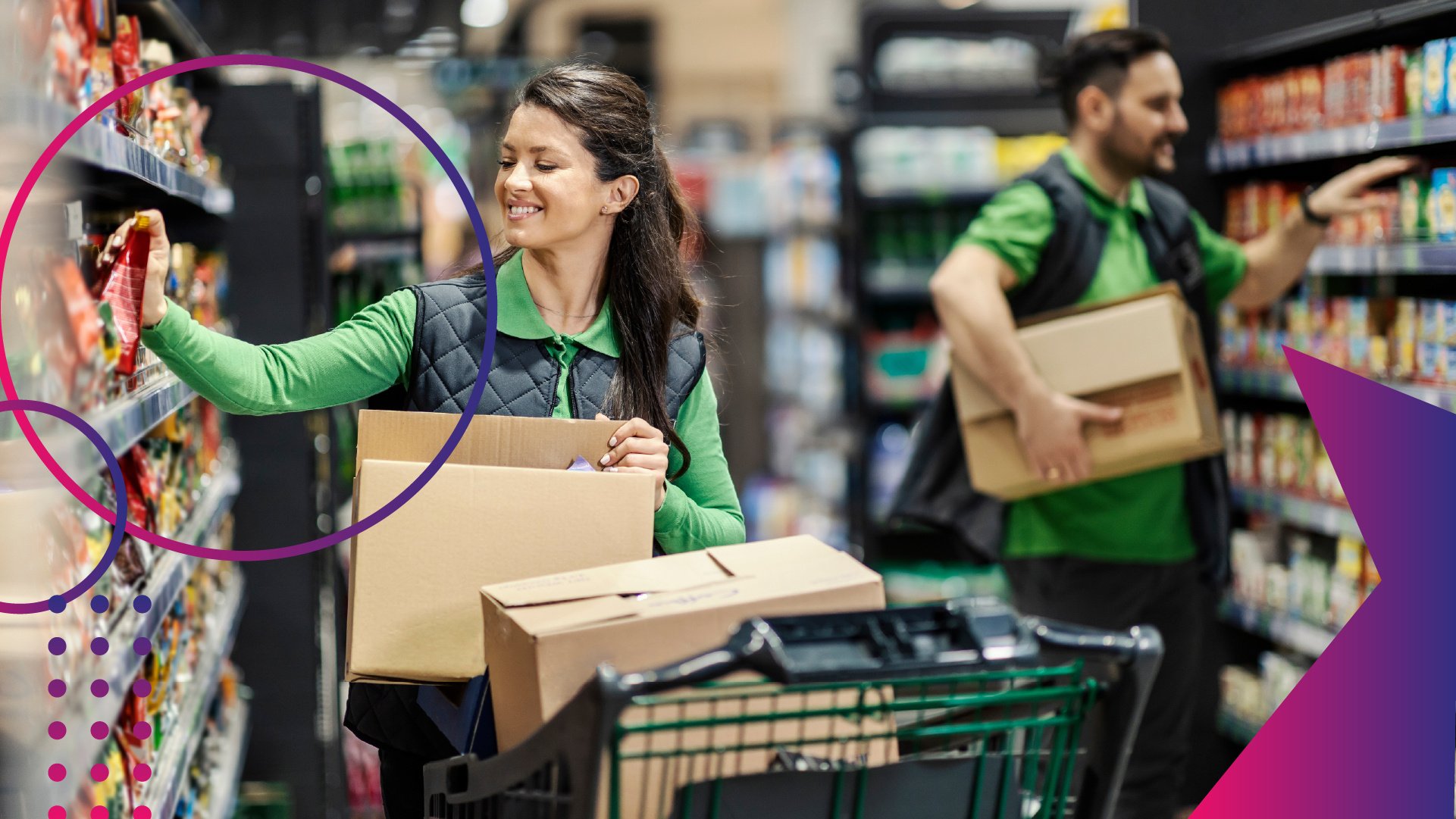How to Choose the Right Retail Analytics Software for Your Business

In the age of information, analytics have become critical to success in the retail industry. Analytics software provides businesses of all types (retailers, CPG companies, distributors, merchandisers, etc.) with the data-backed insights they need to make strategic and well-informed decisions about sales, operations, and everything in between.
However, there is a lot of software to choose from when it comes to analytics. Some solutions are dedicated solely to it while others offer it as a complementary capability. To help you understand which option is right for you, we’re going to examine the unique analytical needs facing each type of retail business.
Understanding Unique Data Requirements
Retailers, CPG companies, merchandisers, and distributors all serve important and inter-connected functions in a store environment.
While each group’s operational needs may overlap at times (for example, merchandising items on shelf), the means by which they execute are usually different (the use of field reps as opposed to store associates being one notable example).
The result is akin to a messy Venn diagram of data points that a single retail analytics software must be able to synthesize (no easy task, especially if you opt for software that isn’t designed exclusively for retail).
Let’s take a glance at how these data needs differ, then move on to some of the most important features you should be looking for in retail analytics software.
Retailers
Retailers have the widest array of analytical needs of all the business types. They must keep track of not only their own stores’ performance but also the performance of their vendor partners who complete work within their stores.
In addition, retailers require sophisticated demand planning and forecasting software to optimize inventory ordering and strategically coordinate with their supply chain partners.
Distributors
Distributors’ analytical needs vary depending on whether they stock and merchandise the items they distribute or delegate this responsibility to store associates. If the former, their data needs will overlap with CPG companies and merchandisers (more on that below); if the latter, then their needs will be much more logistical in nature.
In either scenario, it is critical that distributors have insights into sales volume by store, route efficiencies, and production capacities.
CPG Companies
The analytical needs of CPG companies are similar to distributors with one key caveat: CPG companies typically manage multiple brands within a store, while a distributor often focuses on one or two products.
For a CPG company, in-store performance is the most critical data set. They use these insights to not only inform their replenishment but their overall strategy: which products are performing best, do certain products perform better in different markets, which product category requires the most attention, and so on.
CPG companies often employ their own field teams to service items in stores to gain greater control over their store efforts, but some companies lean on store associates or, more often, merchandisers to handle this execution component.
Merchandisers
The last business type we’ll discuss is merchandisers. Merchandisers are often referred to as service providers because their field teams act on behalf of CPG companies and/or retailers to execute shelf stocking and replenishment in stores.
A merchandiser’s analytical needs vary from company to company – some solely provide labor, others provide labor and strategic value. In either scenario, but especially the latter, merchandisers leverage analytics for their customers more so than for themselves.
Being able to provide visual proof of performance and share other key performance data with their customers is an indispensable asset to service providers. Great analytics help them ensure and validate their value to retailers and CPGs.
Considering Data Integration & Compatibility
One of the first things to consider when choosing retail analytics software is how well it integrates with your existing systems.
Retail businesses have multiple data sources, including point-of-sale systems, inventory management software, and customer relationship management systems. The software you choose should ideally not only be compatible with these systems but also be able to seamlessly integrate data from all sources to give you a comprehensive view of business operations.
Retail analytics software that utilize BI toolsets like Google Looker can build quick performance reports, providing valuable insights into a business's performance and identifying patterns and trends in data with predictive modeling and machine learning.
This software solution combination offers retailers a comprehensive solution for managing their business with all data stored in a single platform. Users can easily track key metrics and KPIs, identify trends, and make data-driven decisions while eliminating the need to enter data manually, reducing the risk of errors and saving valuable time and money.
Retail execution software is not stand-alone analytics software, but the right provider offers businesses the best of both worlds: full execution capabilities and analytics integrated into one seamless, unified interface.
The Importance of Customization & Flexibility
A customizable and flexible solution can be invaluable for generating reports based on a retailer's specific needs and specifications. With customized data reporting, retailers can easily track the performance of their products and make adjustments as needed with real-time data that helps store and field teams quickly identify growth opportunities.
Software solutions can be tailored to capture and analyze data from various sources, including inventory management systems, customer data, or the sales performance of a particular product category over a specific period. This gives users the ability to specify the exact data points they wish to include in the report, such as sales volume, revenue, and profit margins, allowing team leaders to analyze key performance metrics over time to identify trends and patterns in the data.
Prioritizing a User-Friendly Interface
The importance of usability in analytics software cannot be stressed enough. We often prioritize the user experience for software used by frontline teams, but leadership teams also benefit from the efficiencies of a great user interface.
Making it easier for teams to access and analyze data quickly and efficiently without extensive training is critical for businesses and can improve project turnaround time by up to 40%.
A key feature to look for is the ability to quickly generate performance reports in various formats (such as PDF, Excel, or CSV) and easily share data and insights with other key stakeholders.
With custom dashboards and reports, another valuable feature, leadership can quickly review and interpret the data that matters most to your specific organizational needs.
Automated report alerts can also be configured to notify leadership when specific metrics fall outside of expected ranges, allowing teams to take action quickly. This is one of the benefits of choosing a retail execution software that boasts strong analytics capabilities as opposed to a stand-alone analytics software.
Real-Time Data Analysis
Retail businesses operate in a fast-paced environment, and the ability to access real-time analytics is critical. Look for software that provides real-time data analysis capabilities with BI tools that enable you to respond quickly to changes in customer behavior, inventory levels, and sales trends.
Integrated real-time data analytics allows users to measure the effectiveness of execution by tracking the success of various initiatives, such as promotions or new product launches so that leadership can adjust based on accurate data. This can be used to analyze customer data for insights into consumer behavior and preferences, allowing field teams to develop new products, improve marketing campaigns, and create a better shopping experience for customers.
Real-time data should be more than just sales figures; retail software solutions need to utilize granular reporting to uncover businesses' more detailed metrics and insights. Granular reporting lets you dive deeper, looking at inventory turnover rate and product performance comparisons to identify what aspects of a product, promotion, or store are performing well (or not so well).
Scalability
What works for your business now may not work in the future. When choosing a retail software of any kind, but especially one geared toward analytics, don’t diminish the importance of scalability.
It takes considerable time and resources to integrate all of your data into a software solution (SKUs, store locations, employee information, etc.), so it is better to choose a scalable solution from the beginning instead of a limited (or non-retail specific) software that you will have to migrate over from after reaching a new growth stage.
It may cost more money in the short-term, but your future self (and the future selves of everyone in your organization) will thank you.
featured content
featured content

The Importance of On-Shelf Availability in Retail: Why Keeping Items Stocked is Critical for Competitiveness in 2026
Learn why on-shelf availability is critical in today's retail store environment
